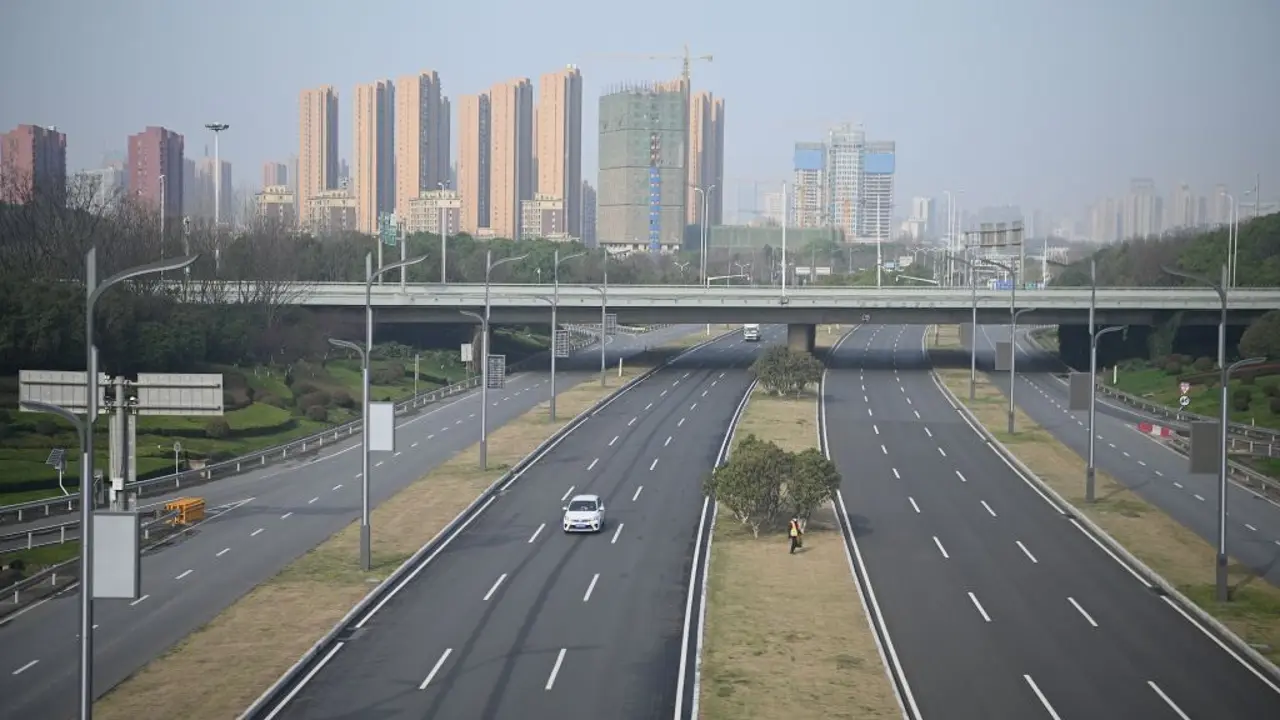Major urban centers such as London, Paris, and New York have boldly implemented measures to decrease car use in an effort to address pollution, climate change, and traffic congestion in cities. The outcome is revolutionizing the way city residents live, move, and breathe.
In London, the Ultra Low Emission Zone (ULEZ) has been extended, displacing dirty cars and promoting cleaner options. Air quality has greatly been improved, with nitrogen dioxide decreasing, especially around schools and main roads.
Paris has been at the forefront with its car-free campaigns, barring automobiles from specific neighborhoods on weekends and repurposing streets as pedestrianized green spaces. The city is also quickly installing additional bike lanes, providing cyclists with a secure and picturesque option to driving.
New York has implemented congestion pricing, pending full launch, which charges drivers to enter the most congested areas of Manhattan. The city has also upgraded public transit opportunities and redesigned streets for pedestrians and micromobility.
So what’s the takeaway? Not only does lowering car use save emissions—it saves space, improves public health, and transforms cities into more sustainable, breathable communities.








